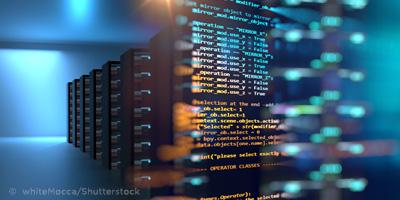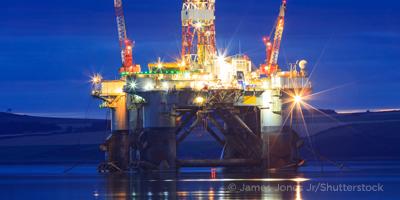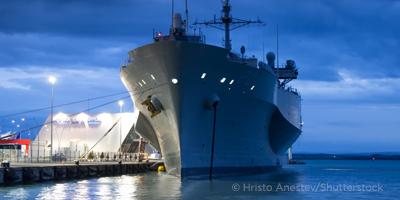1. What cybersecurity framework should an operator follow for existing fleets?
An operator should follow IMO’s revised recommendation MSC-FAL.1/Circ.3; Apart from IMO’s guidance, there are several publications discussing cybersecurity in industrial controls systems, from NIST 800-82 and the NIST Cybersecurity Framework 2.0 to BIMCO’s Guidelines which are more focused on maritime cybersecurity. In addition, ABS has its own Guide on cybersecurity for existing vessels that is available here.
2. Which vessels are subject to the new IACS Cyber Resilience requirements?
The scope of applicable vessels are vessels contracted for construction on or after July 1, 2024, that meet the following criteria:
- Passenger ships (including passenger high-speed craft) engaged in international voyages
- Cargo ships of 500 gt and upwards engaged in international voyages
- High-speed craft of 500 gt and upwards engaged in international voyages
- Mobile offshore drilling units of 500 gt and upwards
- Self-propelled mobile offshore units engaged in construction
3. How will these new IACS requirements for Cyber Resilience affect our company’s valid Type Approval Certificates (TAC) for computer-based systems?
These requirements will not affect the validity of any current TAC. However, these CBS will not be able to be used for vessels contracted for construction after July 1, 2024, that these requirements apply to.
For type approved equipment that will be subject to E27 requirements, upon submission and completion of reviews against URE27, we will modify the existing TAC, adding compliance to E27 with a validity date of 5 years.
It is important to note that there are still additional items that will need to be submitted after a TAC is issued for the specific vessel review. These items are listed in Appendix 2 of E27, and include the CBS asset inventory, topology drawings and test reports.
4. What requirements will sub-suppliers need to follow for vessels and systems applicable to the new IACS requirements for Cyber Resilience?
Sub-suppliers are also subject to the cybersecurity requirements of E27. These items should be listed in purchasing spec, or agreement with sub-suppliers to ensure the relevant sections of E27 are complied with.
5. What is the timeline for review of the applicable computer-based systems for the new IACS requirements for Cyber Resilience?
ABS has a 4-week engineering turnaround time for a review that has a complete set of documents submitted. As this is a new process for many manufacturers, we advise an 8-week lead time for this project, as there are typically a few rounds of comments that are issued between ABS and the client. Upon approval of the CBS, the client then may reach out to the local ABS survey office to set up the witnessing of the FAT. Once the engineering approval certificate and survey/FAT are complete, ABS will issue a system certificate that will accompany the CBS upon delivery to the system integrator.
6. Do Inert Gas Systems and Exhaust Gas Cleaning Systems (EGCS) need to comply with UR E27?
Inert Gas Systems need to comply with UR E27, as their compromise could lead to dangerous situations for human safety and/or safety of the vessel.
Given that the majority of EGCS are connected to the ship’s network, data and information related to the EGCS can be relayed to various control locations onboard and onshore. However, it is possible that the EGCS will not be connected to the ship’s network, as there are no requirements stating that the EGCS must be connected to the ship’s network.
If the EGCS is connected to the ship’s network, a cyber incident related to the EGCS can also impact other systems onboard.
As a result, the drawings and documentation for the EGCS should be submitted, so that ABS can review the actual arrangements and properly determine the applicability of the IACS Cyber Resilience URs to the EGCS.
7. How do the ABS cyber notations align with IACS cyber resilience requirements?
ABS offers two types of notations with regards to cyber.
The CR notation fully aligns with the requirements within the cyber resilience URs.
The other ABS cyber notations, such as CS1, CS2, etc., follow a risk-based approach. It is up to the operator to perform a vigorous risk assessment and develop a risk management plan. Based on the risk assessment results, they can then select the appropriate controls to mitigate the identified cybersecurity risks. Thus, the ABS methodology provides more flexibility and is geared towards existing fleets and new construction vessels.
IACS, on the other hand, assumes that the baseline risk assessment has already been completed and it mandates selected controls as a minimum to consider the vessel as cyber resilient.
Also, considering that existing vessels typically lack network segmentation, and certification of their systems and equipment against the select system requirements in IEC 62443-3-3, IACS requirements might be more challenging for them to meet, unless they are going through a retrofit or a major modification.


































